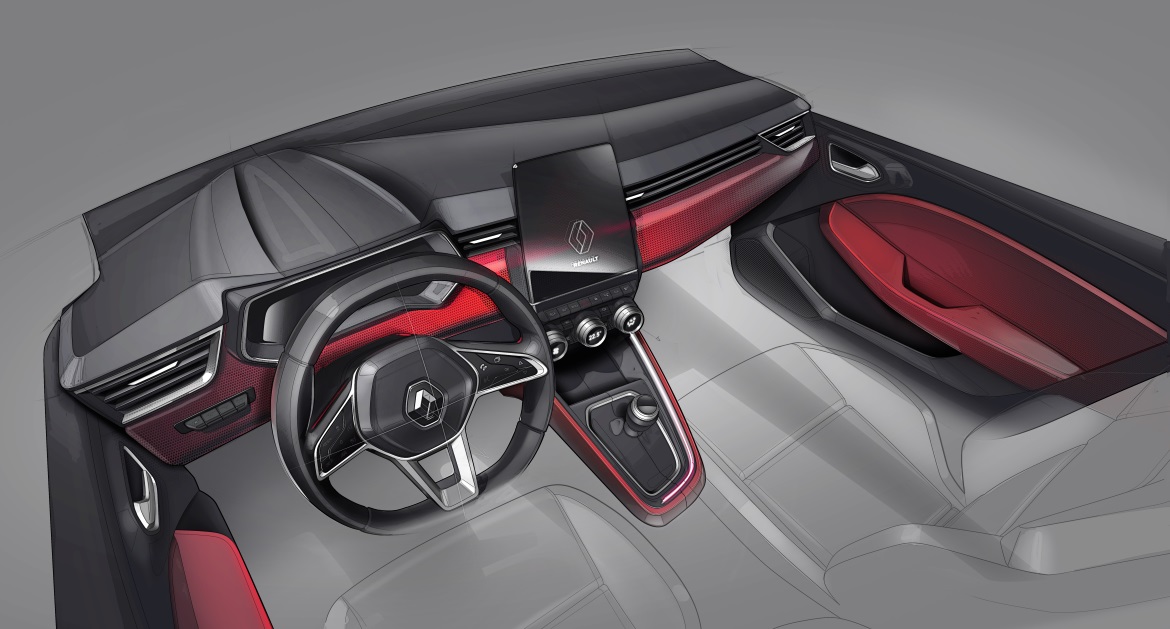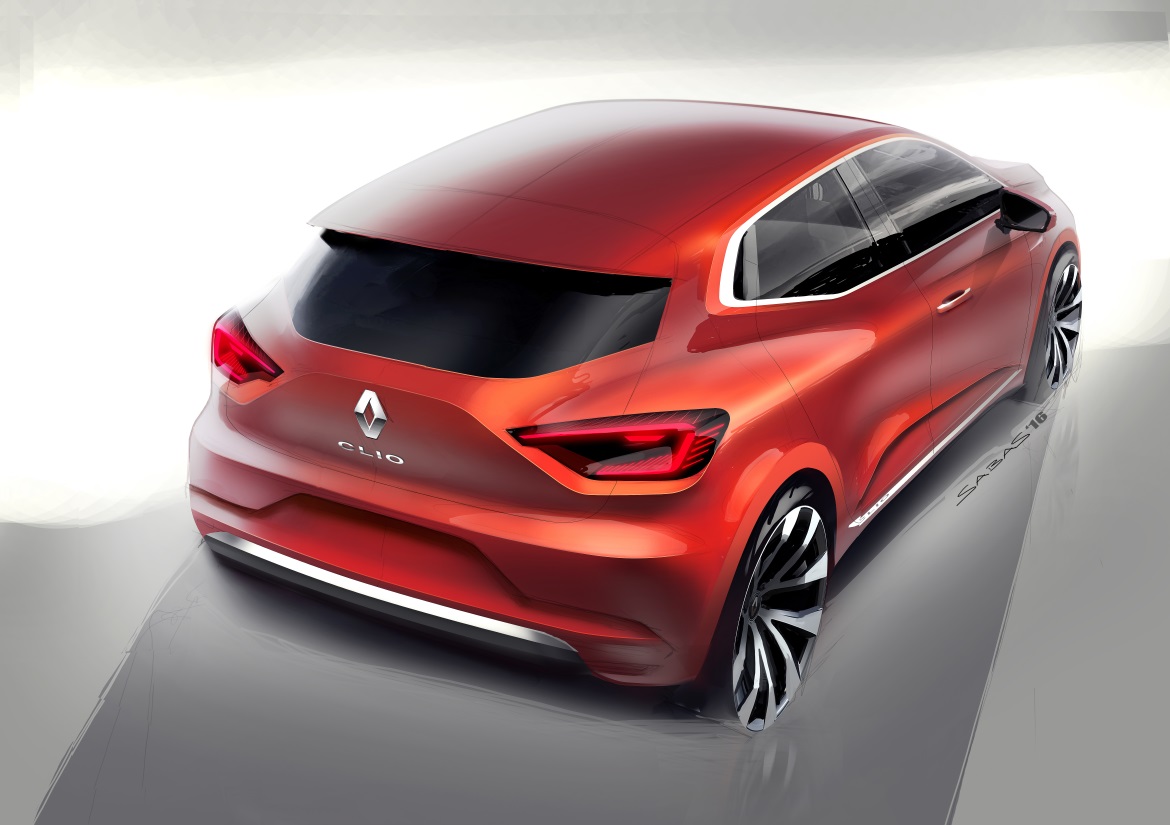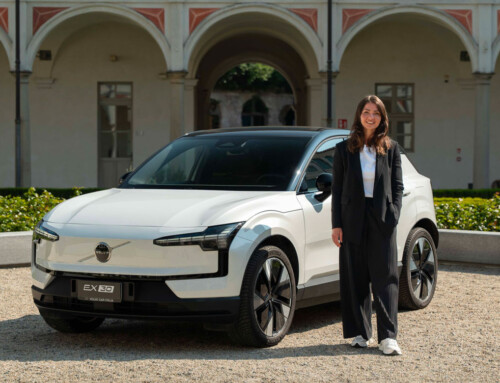The challenge of new technologies is to make sophisticated systems simpler and more intuitive to use, thanks to well-conceived and, above all, well-designed interfaces. An example of this is second-level autonomous driving, making its debut on the new Renault Clio, a model that has inherited a leading position in sales in the B segment and that does not radically change the aesthetics of the exterior compared to the previous generation.
The digital revolution has taken place behind the scenes and in the passenger compartment, with evolutions and updates in infotainment and safety systems: among these is semi-automatic driving, a technology rarely available on small cars since limited to higher category models. Going into more detail, it is the steering wheel, quite generous in size, which on the left side accommodates all the controls related to the system, which are located in a convenient and accessible position. These include Adaptive Cruise Control and Lane Assist, which keeps the car in the middle of the lane: the collaboration between the two systems provides second level autonomous driving. The warning lights that indicate correct activation of the devices are shown on the display of the digital dashboard.
In addition to the buttons on the steering wheel, there are those for managing the distance from the vehicle in front and for adjusting the speed. The ergonomics has been improved compared to the previous generation in which, for example, the buttons for turning on the cruise control and speed limiter were positioned on the central tunnel, forcing the driver to look away from the road to activate them. The speed adjustment lever, previously mounted on the left of the steering column and covered by the steering wheel, which obliged the driver to use the “memory” system, has also changed.













